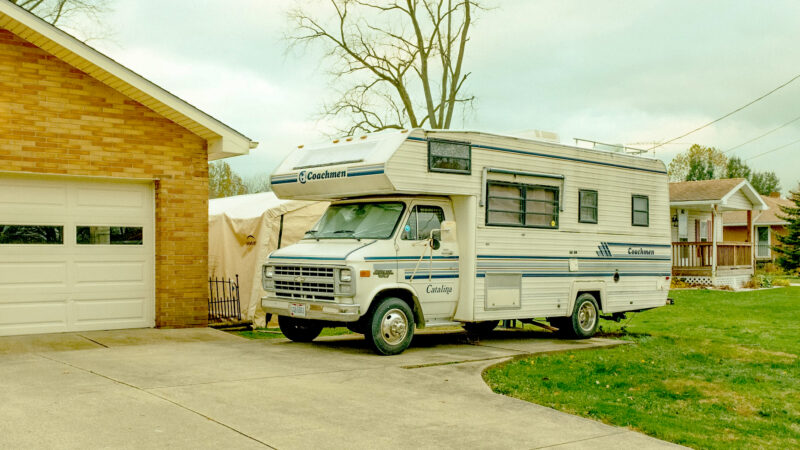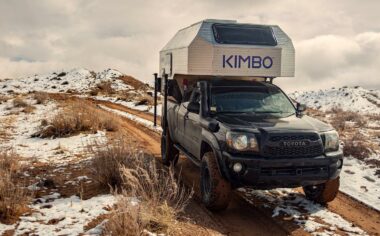Table of Contents Show
If you want to park your RV at your home or on a piece of land you own, you may need a camper pad. It can allow you to customize the setup to fit your needs. Whether you want a rustic or more modern look, you can create a space for your RV easier than you may think.
Let’s look at how you can build your RV camper pad.
Why a Camper Pad Is a Good Idea
Camper pads allow you to park your RV on a level space. This makes leveling your RV for storage incredibly easy and helps ensure your propane equipment operates efficiently.
You’ll also have the added comfort of not sleeping on a slope if you choose to use your rig parked on your camper pad.
They also keep your RV out of the dirt and grass. It may not harm your RV to park in the grass or dirt, but it can make for some frustrating situations.
Soft ground can create some massive ruts or get your vehicle stuck. Having a solid surface to park on can help reduce this risk.
Pro Tip: Level ground helps a lot, but you’ll still need to know the art of leveling your RV with a camper pad.
Different Types of Material Options for Your Camper Pad
If you want to build your camper pad, you have a few options to consider. Keep your budget and style preferences in mind. The price can quickly get out of hand when taking on a project like this. Let’s take a look at some options.
Pavers
Many people enjoy the luxurious look of pavers for a camper pad. However, not all pavers can handle the massive weight of some RVs.
These can do a great job for standard passenger vehicles but won’t stand a chance overtime against RVs. They’ll crack and break prematurely due to the weight.
However, you’ll find pavers in a few different materials. The most common types include brick, concrete, and stone.
Using stone may seem like a better deal, but it’s much weaker than the brick and concrete option. You may need to replace them sooner or deal with broken pavers for your RV pad.
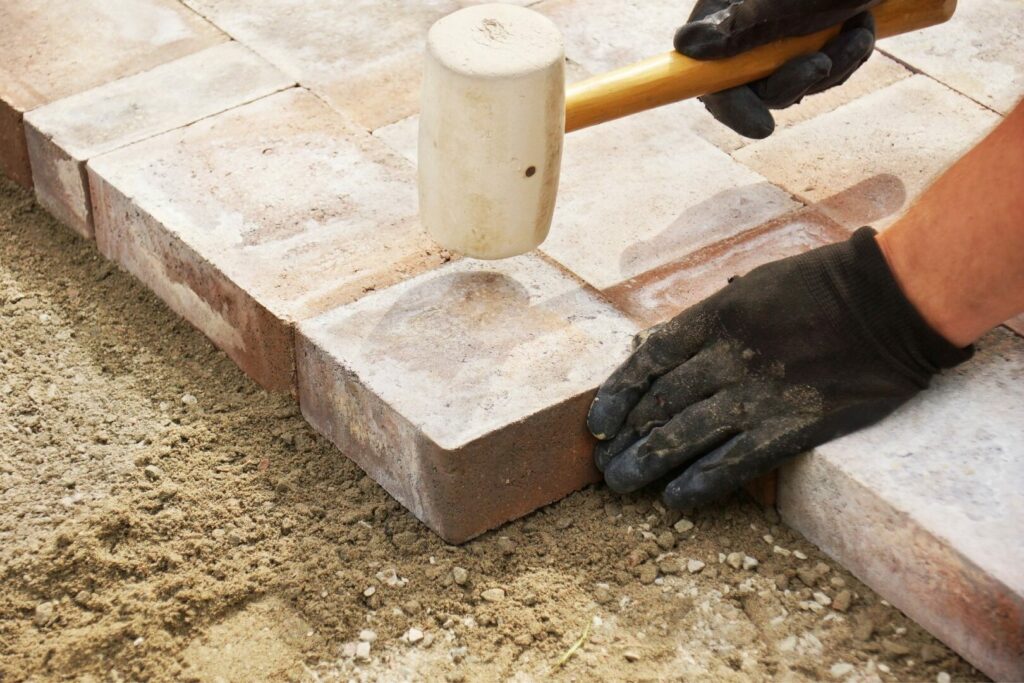
Gravel
Using gravel can work great for an RV pad. It allows water and other moisture to pass through and soak into the ground.
However, it can also get washed away during heavy rains and eventually become muddy. Luckily, gravel is relatively inexpensive to replace and can last for many years, depending on where you live.
Concrete
Finally, you can consider concrete. This incredibly sturdy and durable option will last for years. However, concrete does not allow moisture to drain and absorb into the ground.
Water can pool on any low spots in the pad, causing damage over time. It’s always a good idea to create a slight grade to help water run off your RV pad.
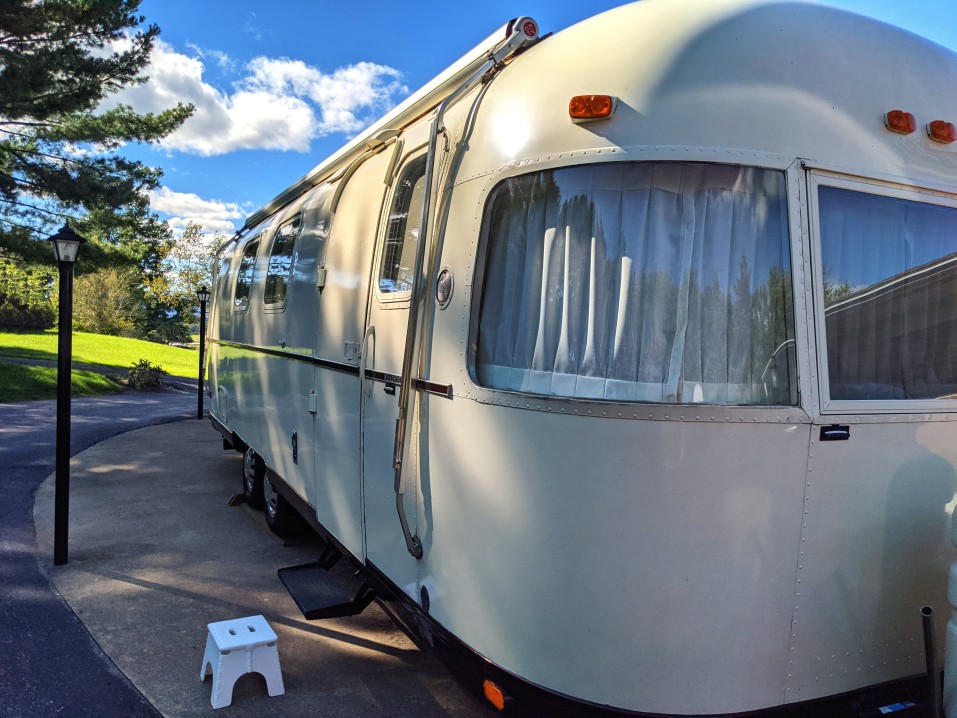
How Thick Should an RV Pad Be?
The thickness of an RV pad will largely depend on the weight of the RV you want it to support. A standard driveway is typically 4 inches thick but can’t always handle heavy loads like RVs.
Since you’ll likely park your RV on your pad for some time, you’ll want your camper pad no less than 6-inches thick.
How to Build Your Own RV Camper Pad
If you want to build your camper pad, here are a few steps to get the best results. Let’s get started.
Clear the Area
First, you need to clear the area. This could require you to cut down trees to make room for your new camper pad. In addition to clearing space to park your RV, take advantage of the time and make a large enough path to maneuver your rig onto your camper pad.
This can be a rather labor-intensive job. It may require renting or borrowing large machinery to help push trees and other vegetation out of the way to create the area. You may find hiring a professional to build your pad much easier and more expensive.
Level the Foundation
Once you clear the area, you’ll need to level it. Some refer to it as “grading,” which simply means creating level ground. Flatten hills and fill valleys to make the surrounding area flat.
Leveling the foundation of your camper pad could mean renting heavy-duty machinery or hiring a professional. It can become a painstakingly frustrating job when trying to level a spot.
Add Edging, If Using
If you plan to use an edging, do that next. It can go a long way when it comes to the landscaping of your camper pad.
It can help keep gravel and other loose objects in place. Plus, this creates a sleek look when finished.
Add Weed Mats and Weed Killer
No matter what material you plan to use for your camper pad, you’ll want to use weed mats and weed killer first.
You don’t want weeds popping up from the gaps or damaging your concrete. Laying a foundation of weed mats and weed killer helps to keep weeds away from your camper pad.
Add Pavers, Concrete, or Gravel
If you will use concrete or pavers, start with a plan. You could potentially need to cut stones for them to fit into the space.
You can now add the pavers, concrete, or gravel to your camper pad. If you want a particular shape or design, make sure to lay it out first to get the look you want.
Landscape
Now that you have your edging, weed mats, and base in place, you can landscape the area. Landscaping can help you feel more relaxed and comfortable while parked at your pad. You can add trees, flowers, and other finishing touches to achieve your desired look.
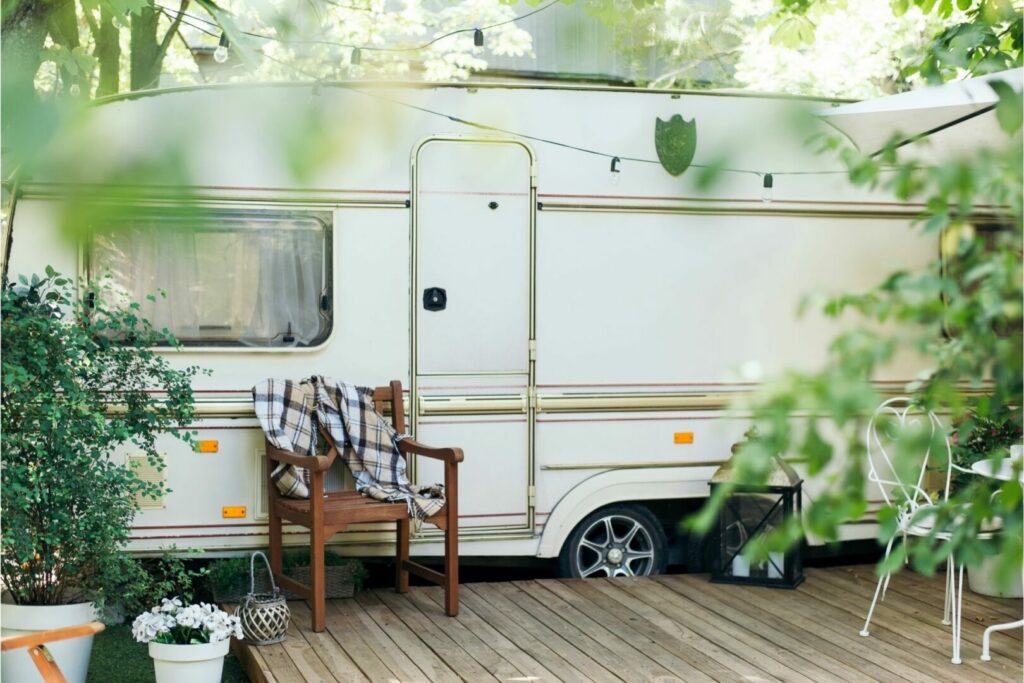
Making Your Own Camper Pad Isn’t Hard
Whether you simply need a spot to store your RV or a camper pad for you to enjoy your RV, you can follow these simple steps. It takes time, a plan, and some sweat, but it’s not complicated.
Take your time and do it right, especially DIYing. You don’t want to make a mistake that could end up costing you later. Do you have a camper pad for your RV?




